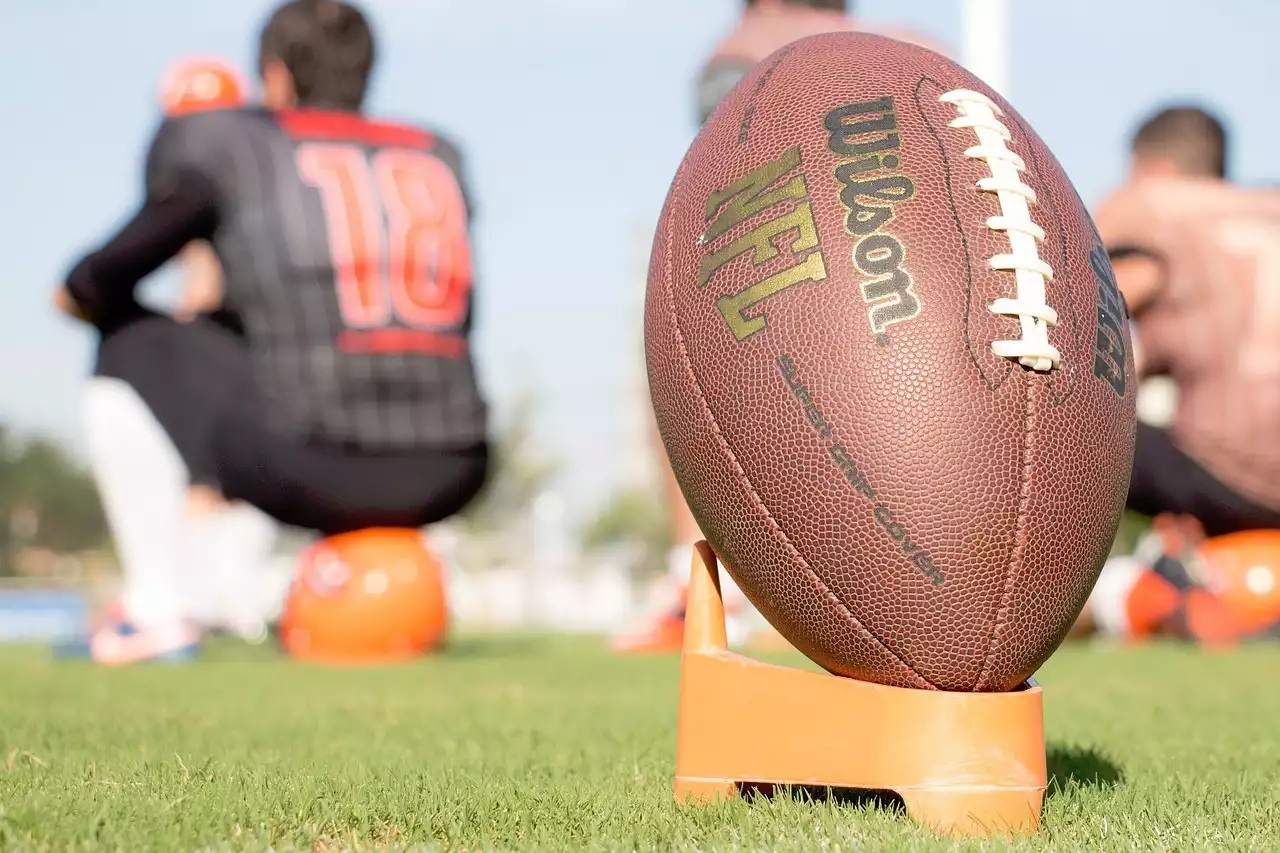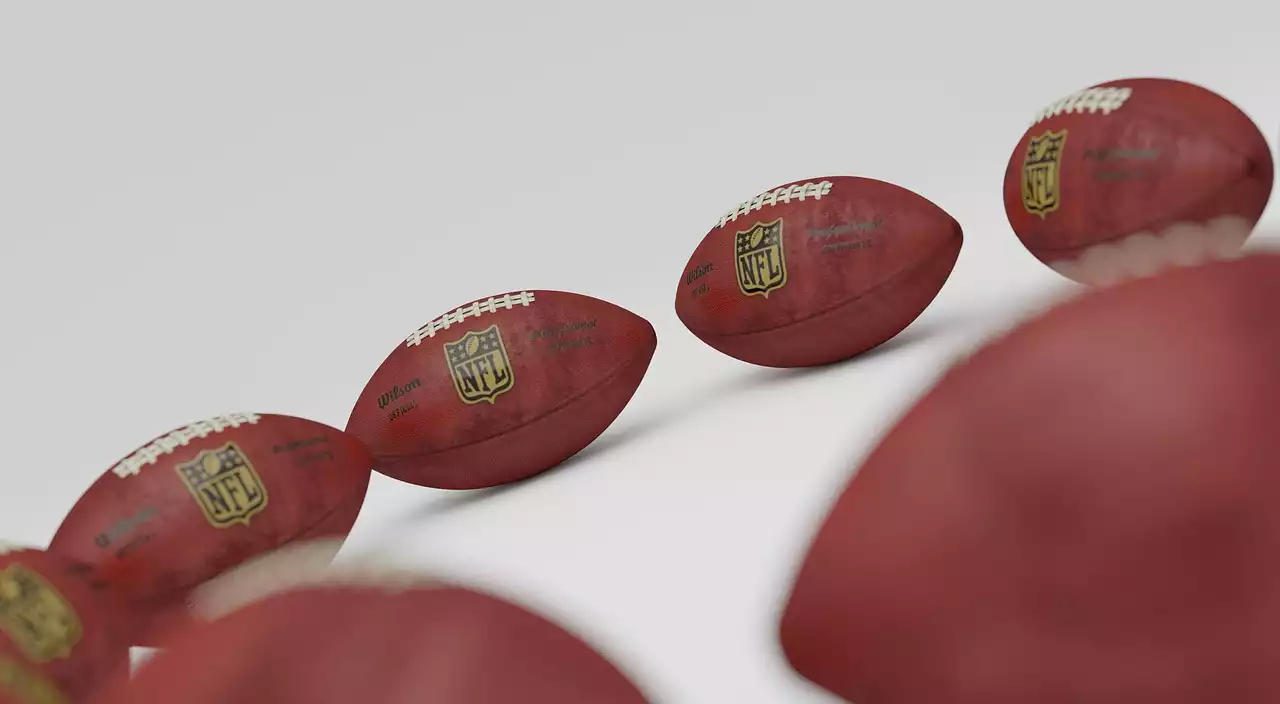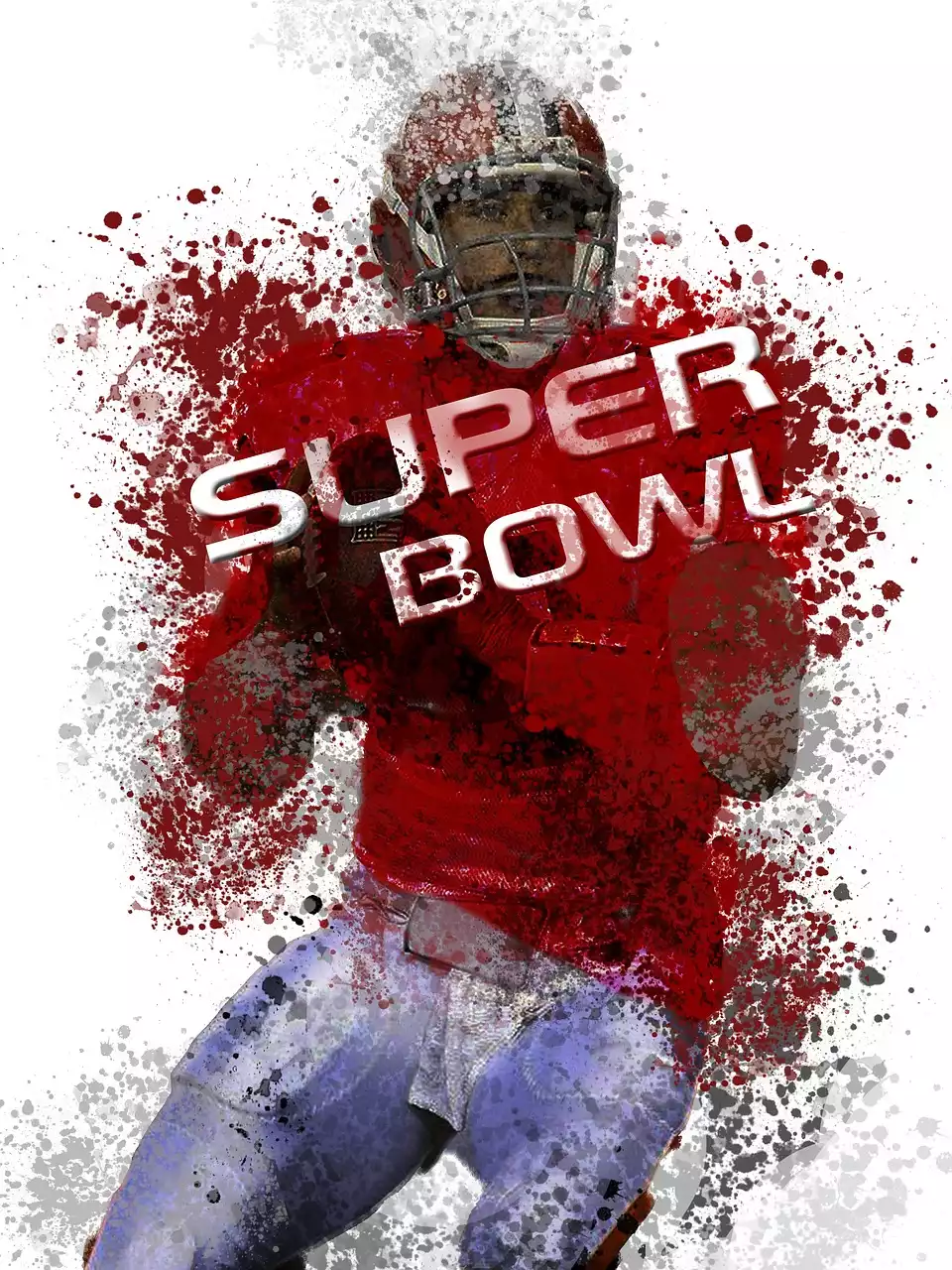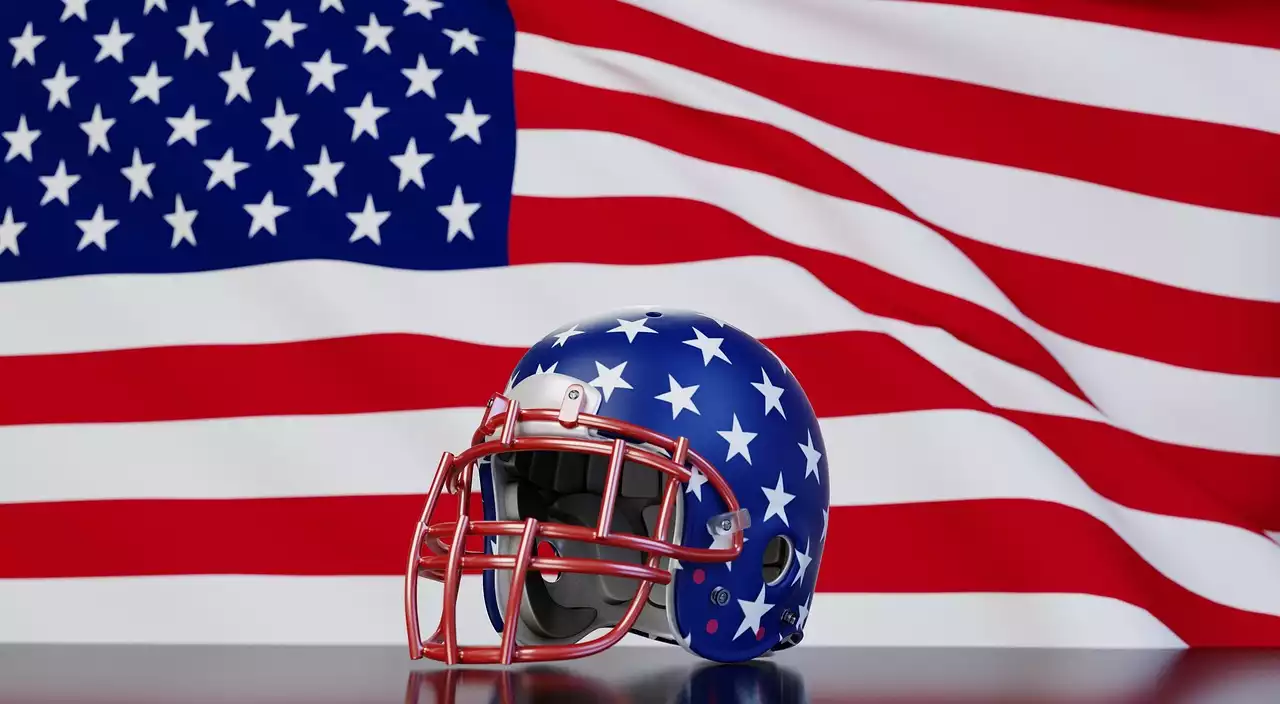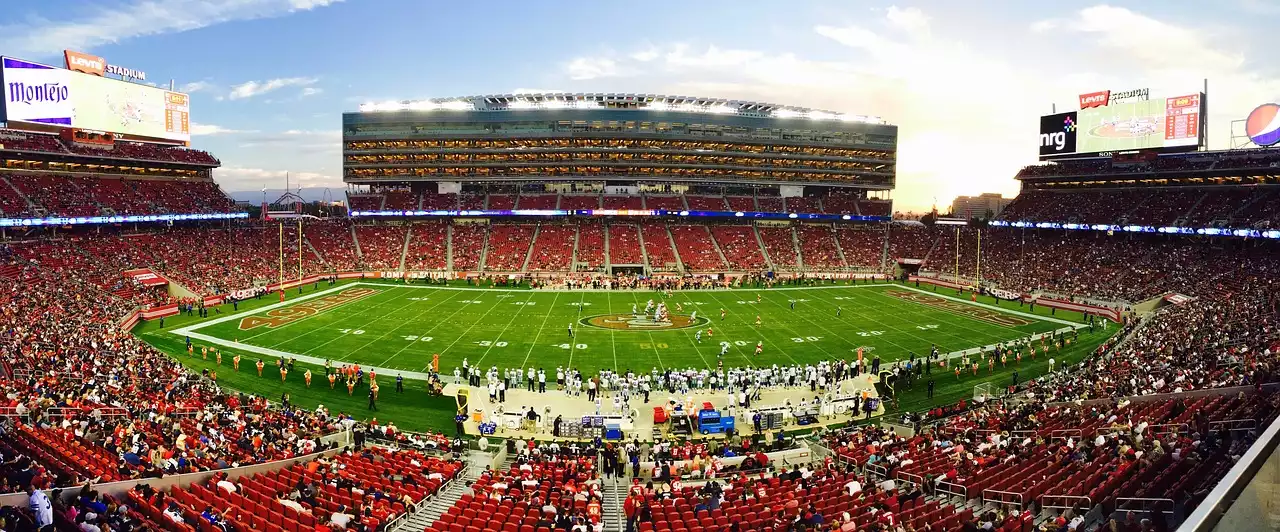The History of the NFL Draft
The NFL Draft has a long and fascinating history that dates back to 1936. The first-ever draft was held in Philadelphia, and it consisted of just nine rounds. Over the years, the draft has grown in size and complexity, and it is now one of the most highly anticipated events in the NFL calendar. Today, the draft consists of seven rounds and is spread out over three days, with the first round being held on Thursday night, followed by rounds two and three on Friday night, and rounds four through seven on Saturday.
The draft has gone through a number of changes over the years, including the introduction of compensatory picks for teams that lose free agents and changes to the order in which teams select players. Despite these changes, the basic structure of the draft has remained largely the same, with teams selecting players in a predetermined order based on their finishing position in the previous season.
The Importance of the NFL Draft
The NFL Draft is a crucial event for all teams in the league. It provides an opportunity for teams to bring in new talent and build for the future, and it is a chance for fans to see their favorite teams make bold moves and potentially land the next superstar player. However, the draft is about more than just selecting the best player available. It's also about building a team that can compete at the highest level and win championships.
For teams that are struggling, the draft can be a lifeline. A high draft pick can provide a team with a franchise-changing player who can help turn things around. For successful teams, the draft is an opportunity to add depth and build for the future. In either case, the draft is an essential part of the NFL ecosystem, and teams must approach it with care and planning.
The NFL Draft Process - from Scouting to Selection
The NFL Draft process is a lengthy and complex one that begins long before the actual draft takes place. It starts with scouting, as teams send scouts to college games and other events to evaluate potential draft picks. Scouts assess players based on a range of factors, including their physical attributes, football IQ, and character.
Once the scouting process is complete, teams begin to develop their draft boards. A draft board is a list of the top players in the draft, ranked in order of preference. Teams use their draft boards to guide their selections during the draft, with the goal of selecting the best player available when it is their turn to pick.
On draft day, each team has a set amount of time to make their selection. The first round is particularly important, as teams have more time to make their pick and the players selected in the first round are typically the most highly touted players in the draft. The draft continues over the next two days, with teams selecting players in rounds two through seven.
Team Strategies for the NFL Draft
Each NFL team has its own unique approach to the draft. Some teams focus on selecting the best player available, while others prioritize filling specific needs on their roster. Some teams are aggressive and trade up to get the players they want, while others are more conservative and try to accumulate more picks. Regardless of the strategy, the goal is always the same: to build a winning team.
One common strategy is to trade up in the draft to select a player who is highly coveted. This can be a risky move, as it often requires teams to give up multiple picks to move up in the draft. However, if the player turns out to be a star, the move can pay off in a big way.
Another strategy is to focus on building depth. While selecting top-end talent is important, having a deep roster is also crucial for sustained success in the NFL. Teams that are successful in the draft often focus on building depth at key positions, such as offensive line, defensive line, and linebacker.
Building a Successful Draft Board
Building a successful draft board is one of the most important tasks for NFL teams leading up to the draft. A well-crafted draft board can help teams make smart decisions and avoid costly mistakes. There are a number of factors that teams consider when building their draft boards, including the player's physical attributes, football IQ, and character.
One key factor is a player's production in college. While college statistics are not always a perfect predictor of success in the NFL, they can provide a good indication of a player's potential. Teams also consider a player's physical attributes, such as their size, speed, and strength. These factors are important, as they can help determine whether a player has the raw talent to succeed at the next level.
Another important factor is a player's football IQ. Teams look for players who have a deep understanding of the game and can quickly pick up complex schemes and assignments. Finally, character is also a crucial consideration. Teams want players who are team players and who have a strong work ethic and a willingness to learn.
The Impact of the NFL Draft on Team Futures
The NFL Draft can have a significant impact on a team's future success. A single draft pick can change the trajectory of a franchise, either for better or for worse. A great draft pick can provide a team with a franchise-changing player who can help them win championships for years to come. On the other hand, a bad draft pick can set a team back for years and make it difficult to build a competitive roster.
The impact of the draft is felt not just in the short term, but also in the long term. Successful teams use the draft to build for the future, and they often reap the rewards for years to come. The draft is a crucial part of any team's strategy for sustained success, and teams that are able to consistently make smart picks in the draft are often the most successful in the league.
Best and Worst Draft Picks in NFL History
Over the years, the NFL Draft has produced some of the greatest players in the history of the sport. From Joe Montana to Tom Brady, the draft has been the starting point for many of the game's most iconic players. However, it has also produced its fair share of busts and disappointments.
Some of the best draft picks in NFL history include players like Peyton Manning, who was selected first overall in the 1998 draft by the Indianapolis Colts. Manning went on to have a legendary career, winning two Super Bowls and setting numerous records along the way. Another great draft pick was Jerry Rice, who was selected by the San Francisco 49ers in the first round of the 1985 draft. Rice went on to become one of the greatest wide receivers in NFL history, with three Super Bowl wins and numerous individual accolades.
On the other hand, there have been some truly disastrous draft picks over the years. One of the biggest busts in NFL history was JaMarcus Russell, who was selected first overall in the 2007 draft by the Oakland Raiders. Despite being highly touted coming out of college, Russell was a complete flop in the NFL, and he was out of the league after just three seasons. Another infamous draft pick was Ryan Leaf, who was selected second overall in the 1998 draft by the San Diego Chargers. Leaf was a huge disappointment, and he is widely considered to be one of the biggest busts in NFL history.
The Role of Analytics in the NFL Draft
In recent years, the use of analytics has become increasingly important in the NFL Draft. Analytics can provide teams with valuable insights into player performance and can help teams make more informed decisions on draft day. There are a number of different metrics and tools that teams can use to evaluate draft prospects, including player comparisons, statistical analysis, and predictive models.
One of the most important uses of analytics in the draft is player comparisons. By comparing a prospect's physical and statistical attributes to those of current and former NFL players, teams can get a better sense of a player's potential and how they might fit into their roster. Statistical analysis is also important, as it can help teams identify players who may be undervalued or overlooked by other teams.
Finally, predictive models can be a powerful tool in the draft. These models use data and analytics to predict how a player will perform in the NFL, based on factors such as their college production, physical attributes, and character. While no model is perfect, these tools can provide valuable insights that can help teams make more informed decisions on draft day.
